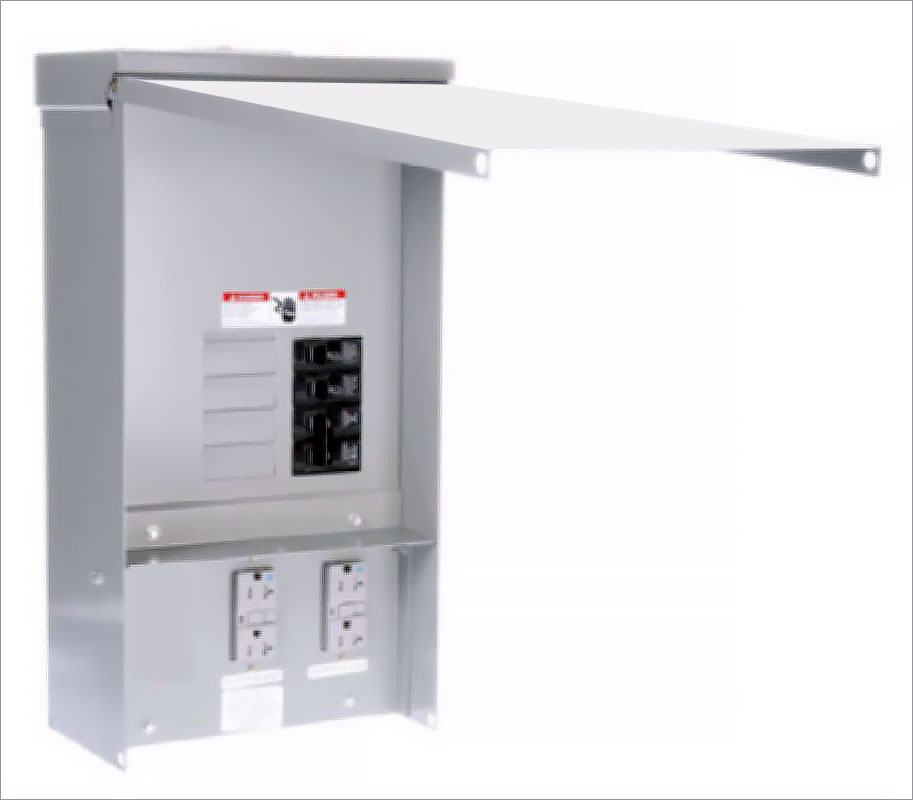3
Battery Backup Operation
Most solar battery energy storage systems come with backup power capabilities, but others may be designed purely for solar savings and limited to on-grid operation only. Systems with backup power capabilities require an external transfer switch to allow for off-grid operation. This component connects your home, the grid, your storage, and your solar energy system all together so that the battery system can automatically power your home’s appliances when the grid goes down.
Is it possible to off-grid with battery energy storage? Installing a solar-plus-storage system at your home is a great way to take control of your electricity bill, but it doesn’t mean that you’re completely disconnected from your utility. Going “off the grid” with solar batteries is actually a more expensive and complicated proposition than you might think. Home batteries that are sized for the best economics and bill savings may only have enough capacity and power to serve essential appliances during an emergency. That being said, larger battery systems could serve as temporary backup when the grid goes down and even charge from your solar panels to provide power during extended outages.
The myth and challenges of whole home backup. Solar battery energy storage systems with backup capabilities work best when they are designed to ration battery capacity and minimize the use of major appliances. Whole home backup systems are typically designed similar to off-grid living: the homes are typically smaller and well insulated; use combustion heating with propane backup; incorporate active and passive solar thermal systems; and do not have power-hungry air conditioning systems, Level 2 EV chargers or swimming pools. Of course, installing additional battery capacity and inverter power can address these energy and power limitations. But the cost of these systems is prohibitive for the typical homeowner.
As mentioned earlier, even though a home’s power draw may be within a battery system’s power limit at most times of the day, this limit may be exceeded for short periods when there is an overlap of power draw from multiple appliances at the same time. During a solar power backup battery operation, the Hawaii grid is no longer available if the home's power draw exceeds the solar panels and battery power output. This causes the system to shut down to protect itself, requiring homeowner intervention.
One possible solution is to manually shut off large appliances during a blackout. Unfortunately, many blackouts occur during the day when no one is home or at night when people are asleep. Customers who have tried to manually shed loads usually end up being disappointed and frustrated with their backup system.
Another consideration is the momentary startup power surge requirements of an air conditioner, pump, or motor is often two or three times the normal power draw — meaning that the system simply will not switch over to backup mode. Even if the battery is fully charged on a sunny day, the air conditioner and pool pump will not start, and none of the protected loads will get power. Upcoming smart home electric system technologies will address these practical limitations by automatically shedding loads during a blackout, but these devices are relatively new to the market and often cost prohibitive.



